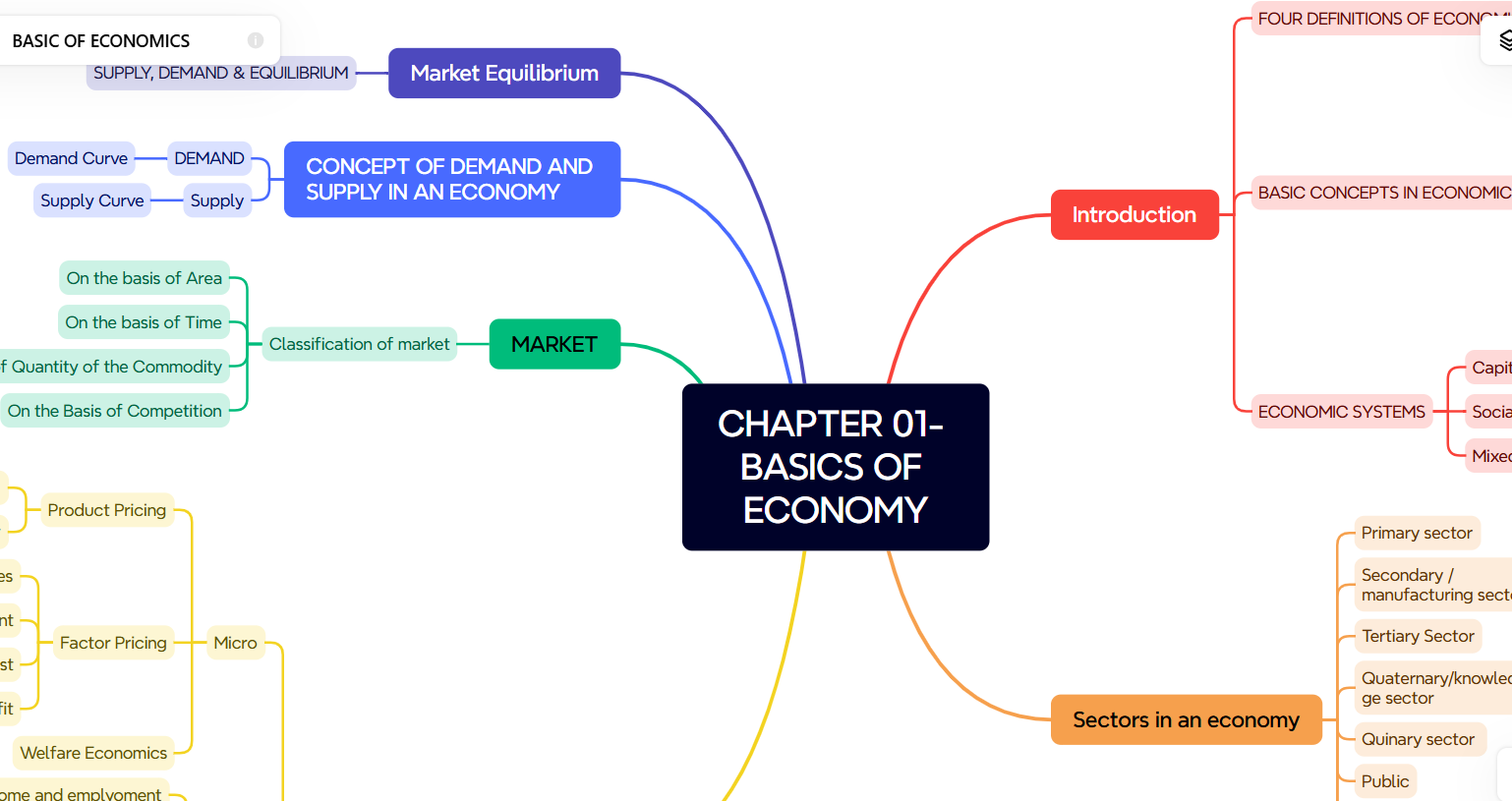"Analyzing the Dynamics of the Indian Labor Market: Employment Composition, Participation Trends, and Economic Implications" The passage you provided offers a detailed analysis of the Indian labor market, focusing on the types of employment, trends in labor force participation, unemployment rates, and earnings. Here are some key points derived from the text: Composition of Employment: The majority of Indians earn their livelihood through labor rather than ownership of capital or land. Informal employment, characterized by little to no job security and lower earnings, accounts for about 90% of the working population. Trends in Labor Force Participation and Unemployment: While the labor force participation rate has increased steadily, driven largely by rural women, the overall unemployment rate has declined. However, youth unemployment remains relatively high. Nature of Employment Growth: The increase in employment seems to be mainly driven by self-employment, p...
Welcome to eGrantha Kuti, Our dareness your responsibility, Thank you for visiting | Team eGK

Comments
Post a Comment